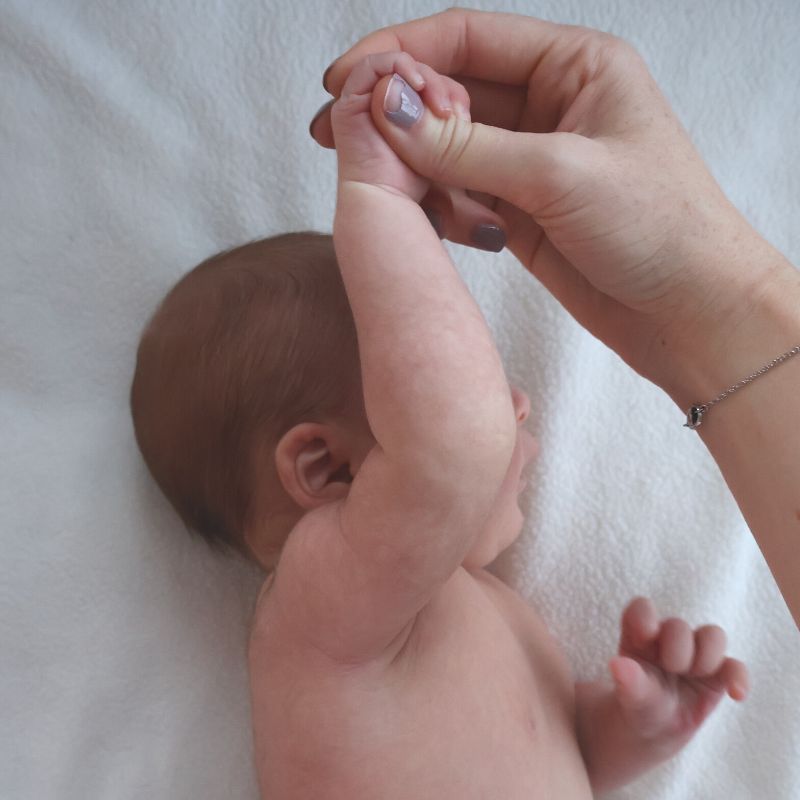Everything You Need to Know About RSV in Children

RSV in Children
What is RSV?
RSV stands for Respiratory Syncytial Virus, which affects the airways of young children. An RSV infection often starts like a common cold, and almost all children get an RSV infection at some point during their first two years of life. It is one of the most common respiratory viruses and typically causes mild to moderate cold symptoms, but it can also cause serious lung infections that require hospital treatment. RSV outbreaks can occur at any time of the year but are more common during the cold winter months.
Symptoms of RSV in Children
Since RSV usually presents itself as a regular cold, it can be difficult to differentiate between that and a more serious infection. Common symptoms of RSV include:
- Headache
- Sore throat
- Mild fever
- Runny or blocked nose
- Phlegmy cough
If your child only has these symptoms, they should resolve on their own within a few weeks. However, it’s important to monitor the symptoms, especially in infants. If a child under six months has a cold with a severe cough, has difficulty breathing, becomes dehydrated, or shows signs of worsening health, you should quickly contact the nearest emergency department.
Symptoms of Severe RSV Infection
If your child has any of the following symptoms, it is best to contact healthcare services for further evaluation:
- Short, shallow, or rapid breathing
- Difficulty breathing – chest muscles and skin are drawn in with each breath
- Wheezing
- High fever
- Decreased appetite
- Unusual tiredness
- Bluish skin tone
If your child shows any of these severe symptoms or is considered at high risk for serious complications, you should call 1177 for advice. If the child is very affected, contact an emergency department immediately.
How Does RSV Spread?
RSV is a highly contagious virus that spreads primarily through physical contact with someone who is infected. It often spreads through handshakes, kissing, or hugging. It can also be transmitted through the air via tiny droplets from coughing or sneezing. For the virus to infect, it must come into contact with the mucous membranes, which happens when someone rubs their eyes, picks their nose, or puts fingers in their mouth—things young children often do.
The RSV virus can survive for many hours on items like clothing, toys, books, tables, and doors. Therefore, it’s important to thoroughly wash both yourself and items that may come into contact with the virus.
How to Protect Your Child from RSV?
Since bacteria and viruses are everywhere, it’s impossible to fully protect against RSV. Currently, there is no vaccine for RSV, but several major pharmaceutical companies are working on developing one and have made significant progress. While you can’t completely protect your child, you can do your best to reduce the risk of infection.
10 Tips to Reduce the Risk of RSV in Children
- Wash hands often and thoroughly with soap and water. Use hand sanitizer as well.
- Avoid physical contact when you have a cold to prevent spreading the virus to others.
- Try to avoid taking your child to crowded places, especially during ongoing virus outbreaks like now.
- Avoid indoor activities with many young children during the infection season.
- Opt for outdoor activities when socializing.
- Teach older siblings attending school or daycare to wash their hands properly.
- Don’t share towels, cups, or similar items between children during cold seasons.
- Regularly clean surfaces such as tables, toys, sinks, and door handles.
- If you have older children in school or daycare, make sure they wash their hands and change clothes as soon as they come home.
- Try to minimize close contact between older siblings and younger infants.
How to Treat RSV?
There is currently no medication that can cure an active RSV infection. Children in high-risk groups can receive preventive treatment in the form of immunoprophylaxis, a medication that contains antibodies against the RSV virus.
How Can I Help My Child with an RSV Infection?
Although there is no specific medicine for RSV, there are several things you can do to help your child if they are infected with RSV.
3 Tips to Help Your Child with an RSV Infection
- Breastfeed or give formula more frequently than usual. It’s important that your child stays hydrated and nourished, as appetite and energy for eating may decrease. Try offering smaller amounts of food more often.
- Saline nasal drops or a nasal aspirator can help loosen and remove mucus, making it easier for your child to breathe through their nose.
- Keeping the head elevated can reduce swelling in the nasal membranes. Raising the head of the bed slightly or allowing small children to sleep in a baby carrier or upright in your arms may help.
- Respiratory exercises for young children can be helpful if your child has thick, sticky mucus. These exercises help move the mucus, allowing the child to expel it from their airways.
4 Exercises to Help Your Child Expel Mucus from Their Airways
1. Lay your child on their back. Gently move their arms above their head five times and then out to the sides five times. See images below.


2. Lay your child on their side. Gently move the upper arm over the head five times. Lay your child on the other side and do the same with the other arm.


3. Hold your child against your shoulder, place your hand under their bottom, and gently rock them. If your child coughs, you can provide cough support by placing the child’s stomach against your chest.


4. Lay the child on their side with their chest against you. Gently rock the child. Then lay them on the other side and repeat.


- Tags: Fakta Inspiration Ta hand om dig

